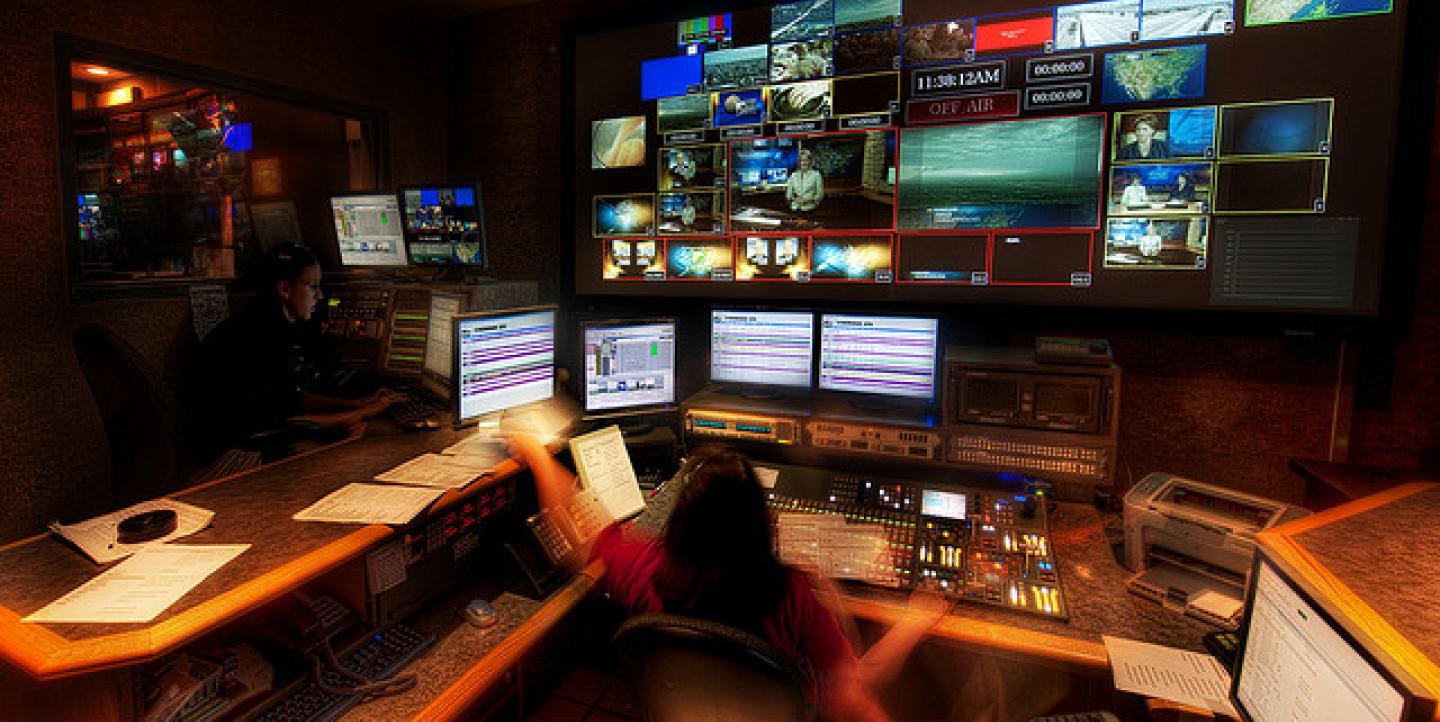Continuing my series on live coverage as one of the most important steps in unbolting from the processes and culture of a print newsroom, here are 20 tips on live coverage:
-
If an event is worth sending a journalist to cover in person, it’s worth covering live.
-
The best way to cover events live is usually to set up a liveblog event on your website, autofeed the journalist’s tweets and livetweet the event.
-
Cover live events for people with high interest, rather than for the “average reader” who is often the target of newspaper stories. The high-interest reader wants more volume, detail and analysis.
-
Use a hashtag so someone following on Twitter can click it and see the stream of your tweets. You can add the hashtag to your liveblog autofeed if you want to add public tweets as well (liveblogging tools offer filters to help keep out vulgar language, but people can be creative in their vulgarity).
-
If the pace of the event and your multi-tasking ability allow it, try to engage the public, responding to questions and comments from Twitter and on the liveblog.
-
Assign multiple people to cover a big event. Possible roles, varying by the event and number of journalists: Shooting video to stream live; shooting photos and videos to post into the liveblog; one journalist provides straight coverage while another provides commentary (like play-by-play and color commentators on TV sports coverage); fact-checking; curating tweets from the public to add to liveblog; handling engagement; writing post-event story or column without joining live coverage (or without specific live responsibility).
-
Consider whether the event merits live video. If you can’t stream video live yourself, explore whether some other media outlet or the agency you cover will stream live video. See whether you can pick up an embed code and anchor the video at the top of your liveblog.
-
Set context at the start, explaining what the event is and why it’s important, providing link(s) to earlier coverage, explaining where you are (on sideline, in press box, watching on TV, curating tweets from your desk or home). Reset some of the context occasionally for people who join during the event.
-
Before the event, announce on Twitter that you’re going to be livetweeting, with an apology to those who don’t care about the event. You can suggest that they mute you for a while, using the “mute” option if they click the ellipsis at the lower right corner of a tweet.
-
You’re not providing a transcript of a meeting or a log of every play in a game. You’re reporting. Use news judgment. Provide description, explanation and analysis.
-
If someone mentions a report, video or statistic that you can find online, do some quick research (as the flow of the event allows) and post the link.
-
Explain notable breaks in the liveblog, saying that it’s halftime, lunchtime or just that the court is taking a 15-minute break (or that they’re getting bogged down in a tedious procedural discussion that you think merits a pause).
-
Consider whether you’re likely to be providing a second-screen experience for people watching on TV. If so, you should provide less detail on what happened and more analysis and explanation. If people can’t watch on TV, your reporting of what happened is more important.
-
If you have strong viewership in an event, and a topic where people might have varying views, consider a poll to deepen engagement (Do you favor or oppose the legislation? Should the coach change quarterbacks?).
-
Don’t feel chained to your seat. Get up to shoot some video or photos (and post them to the liveblog). If you didn’t catch a speaker’s name, get up to ask her how she spells it. If you need to step away for a quick interview, do it. You’re a reporter, not a transcriber.
-
Post a link to the liveblog prominently on your home page, including the word “live,” which should be in the headline, too.
-
Do the livetweeting from the journalist’s account, but promote the liveblog on branded social media accounts before and during the event. Retweet some key tweets from the branded Twitter account (an important vote in a meeting, a lead change, when the top-billed performer takes the stage in a concert). It’s a good idea to add a liveblog link to these retweets.
-
If someone at an event says something that you think might be inaccurate, report what they say (if their saying it is newsworthy), but note that you will attempt to verify the accuracy. You can ask the public to help you check the accuracy of the statement. You might not be able to verify or refute the statement immediately, but report what you find, either during the event or afterward. If you make an error yourself or report someone else’s error, correct it quickly.
-
Use the liveblog as your primary notebook for a post-event story. But keep a notebook handy (or an app you can take notes in) for story ideas to check out later, facts you need to verify, etc.
- Experiment with new techniques for reporting and engaging the community. Learn something from each experiment.
What other tips would you like to add?
This post originally appeared on The Buttry Diary. It is republished on IJNet with permission.
Steve Buttry, a veteran editor and journalism trainer, is the inaugural Lamar Visiting Scholar at Louisiana State University’s Manship School of Journalism and Communication. He was previously the Digital Transformation Editor at Digital First Media.
Image CC-licensed on Flickr via Trey Ratcliff.

